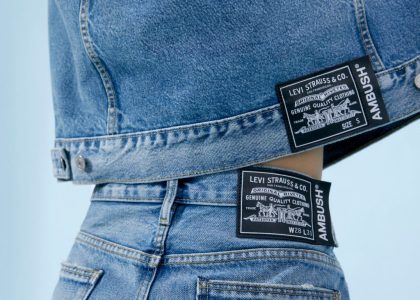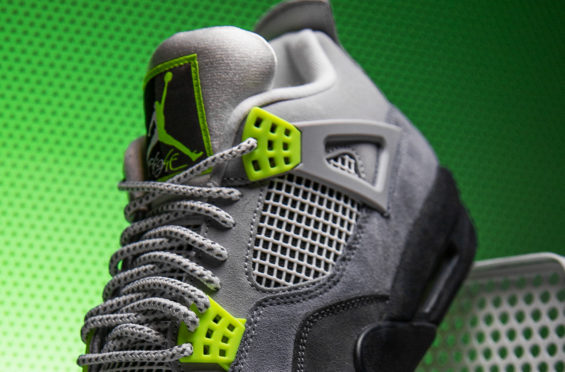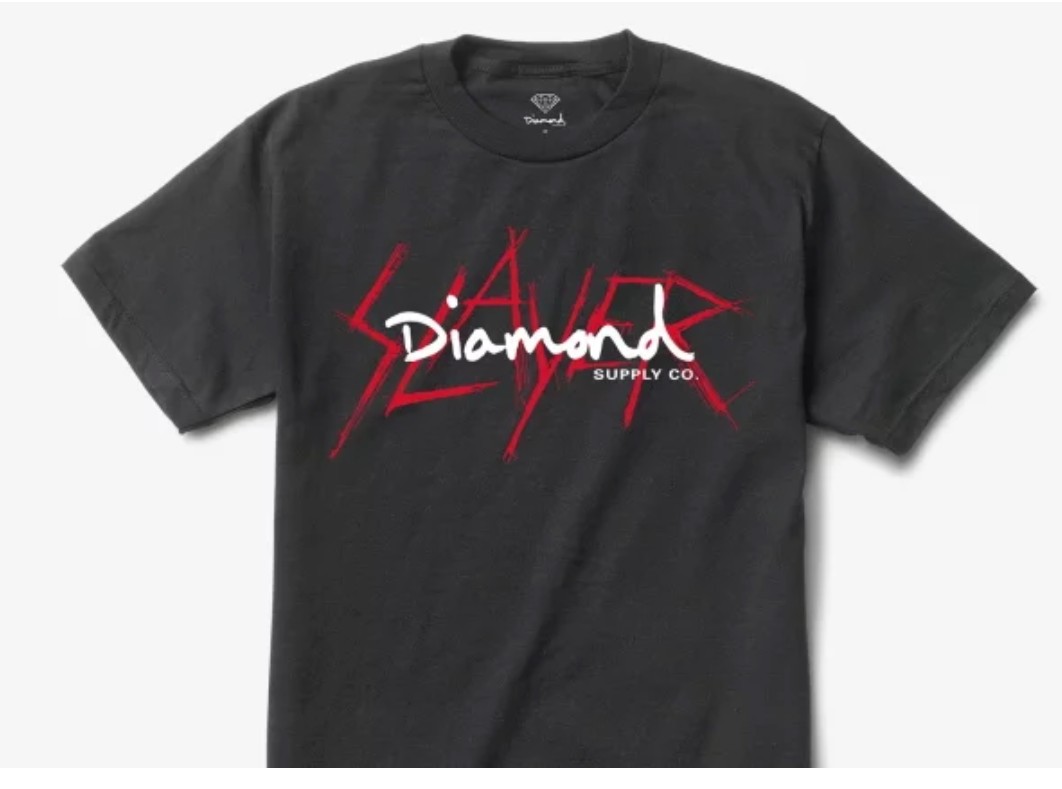From Complex:
The clothes we all just saw at New York Fashion Week: Men’s won’t hit the stores for another four or five months, even though they were plastered all over Instagram. Same goes for everything we saw from over in Europe. Seeing these new designs creates a palpable energy, but that excitement fades when we realize that it’s going to be another few months before we can actually buy any of it.
It’s a problem the fashion industry has become increasingly aware of as shows evolve from closed-door events to readily viewable public spectacles through social media and live streams. Well, it seems that the tides are shifting. This morning, three big names in the fashion world, Burberry, Tom Ford, and Vetements, announced they would be abandoning the current fashion calendar model in favor of a more direct “see now, buy now” model.
Burberry CEO Christopher Bailey told The Business of Fashion about the shift, saying that it will unify the label’s men’s and women’s presentations starting this September, and the full collections will be available immediately after the show, “We are opening it up to an audience who just do not, and should not, have to think about our industry’s ways and approaches and timings. You can’t force a different audience to understand something that is designed as an industry event.” He went on to explain how it will also affect showing the collection to buyers beforehand, and that they’ll need cooperation from them to not show or publish anything ahead of time. We’ll have to wait and see if clothing collections go the way of sneaker releases where mysterious industry moles post photos on Instagram months ahead of a release date.
French upstart (and home of new Balenciaga creative director Demna Gvasalia) Vetements told Vogue it plans to do something similar. The clothing collective’s CEO, Guram Gvasalia (Demna’s younger brother) directly mentioned how this could also be a step toward preventing fast fashion rip-offs. “Today, when you have a show, pictures are being directly transferred to factories that manage to copy your product and deliver it to their shelves in less than three weeks. This means the high street delivers the same item four or five months earlier than you do the original,” he said.
This is all a way to say that perhaps the fashion industry will finally catch up to all the media that is devoted to covering it. As there is a new capsule or collection releasing every week it seems, this may be a shift back to slower, more deliberate fashion. New photos and pieces get teased on Instagram and all we can do is wait. Smaller, more nimble brands can use it as a means to drop small batches of items on a regular schedule. But brands with much larger scale can’t always handle that turnaround. This is also why Vetements and Burberry are also avoiding the numerous pre-collections and opting to show just two annual, larger collections.
Theoretically, this should benefit everyone involved. Buyers will still get collections in their stores by viewing the collection ahead of time, deliberate and obvious in-season copying could be cut down, and customers will be able to see something they love and immediately acquire it.
Whether they’ll come to regret those (potentially insane) impulse purchases is another issue altogether. But now, rather than bookmarking a look from the runway and waiting months before it shows up somewhere—relentlessly refreshing their favorite sites daily until it finally appears online—customers can queue up your credit card information and get it once the show lights dim. But please God, be careful. Credit card debt is a serious thing, people.
To be honest though, any shift that helps us cop more gear on a regular basis (as long as we don’t go completely broke) is fine by us.






